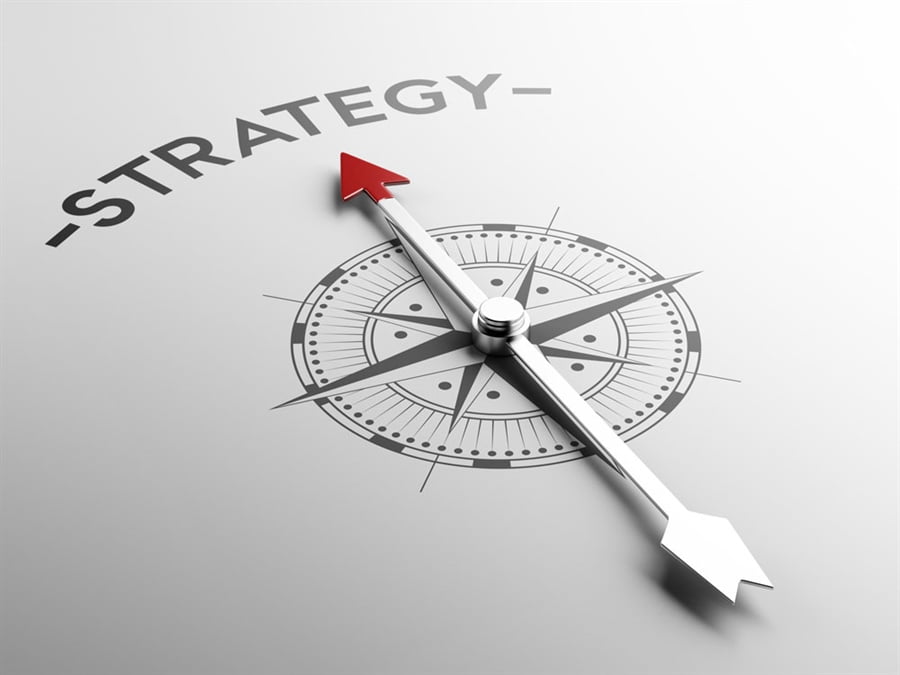Published April 16, 2019
Strong strategic alignment among the people, processes, and technology components of a firm’s supply chain and across an organization have a huge impact on the success of the supply chain and the organization. This has always been true, but in today’s complex, disruptive, competitive business environment, it is more difficult to establish and maintain this strategic alignment than ever before.
The two major challenges to achieving strategic alignment are:
- The close linkage between strategy-structure-implementation and the reality that strategic alignment must be applied across strategy-structure-implementation.
- The rate of change, the scope of business, and the magnitude of today’s disruptions are impacting our ability to maintain strategic alignment.
A supply chain and an organization’s strategic alignment must be woven into the fabric of:
- SSI = Strategy-Structure-Implementation
- PPT = People-Process-Technology
- PSL = Present-Short Term-Long Term
SSI must not only be done at a robust level but, also done in the order of strategy before structure and structure before implementation. The strategy of a supply chain or an organization must consist of a business strategy and its corresponding operations strategy. The business strategy must define the product and service offerings, the market in which they offer these products and services, and the value propositions for these products and services. Based on this business strategy, a supply chain or an organization must establish the corresponding operations strategy that consists of the required operational capabilities and the required operating model.
The second ‘S’ in SSI stands for structure which is establishing the right policies, as well as how the operating model leverages the PPT. It is correct PPT enables the operating strategy and begets the business strategy. The last letter of SSI, the ‘I’ is critically important. During implementation the actions, the schedule, and the budget are pursued to bring to life the PPT and the capabilities to achieve supply chain and organizational success.
The remaining challenge then of pursuing SSI to deploy the correct PPT is to grasp that the PSL is very dynamic in today’s disruptive, innovative environment, requiring that we are continually working on and maintaining our strategic alignment. Supply chains and organizations that are not maintaining their strategic alignment, find the supply chain and organization are no longer aligned, resulting in failure.
Due to digitalization, the globalization of business, and the increased level of technology across businesses, we find the following five realities making it difficult to achieve strategic alignment:
- Complexity: As businesses have grown and geographies have expanded, regulations have been widened and volumes have increased, so have complications.
- Volatility: The rate of disruptions and innovation in business have resulted in high levels of risk and uncertainty.
- Differentiation: Customers demand customization and competitors are offering more choices. To stay aligned we must differentiate our products and/or services.
- Channels: From single-channel, to multi-channel, to omnichannel, and now onto unichannel has changed everything.
- Speed: As organizations move fast, alignment becomes more difficult.
In my video Don’t Feed the Bears: Creating Competitive Advantage with Innovation and Disruption. I explain how the disruption of supply chains and the disruption of business have created the perfect storm for innovation and reinvention. Supply chains and businesses that grasp this perfect storm and do so via strategic alignment will thrive, those who do not, will be eaten by the bear.
More Resources
- Video: Don’t Feed the Bears
- Blog: Responding to Supply Chain Disruptions
- Blog: How to Disrupt Your Competition



